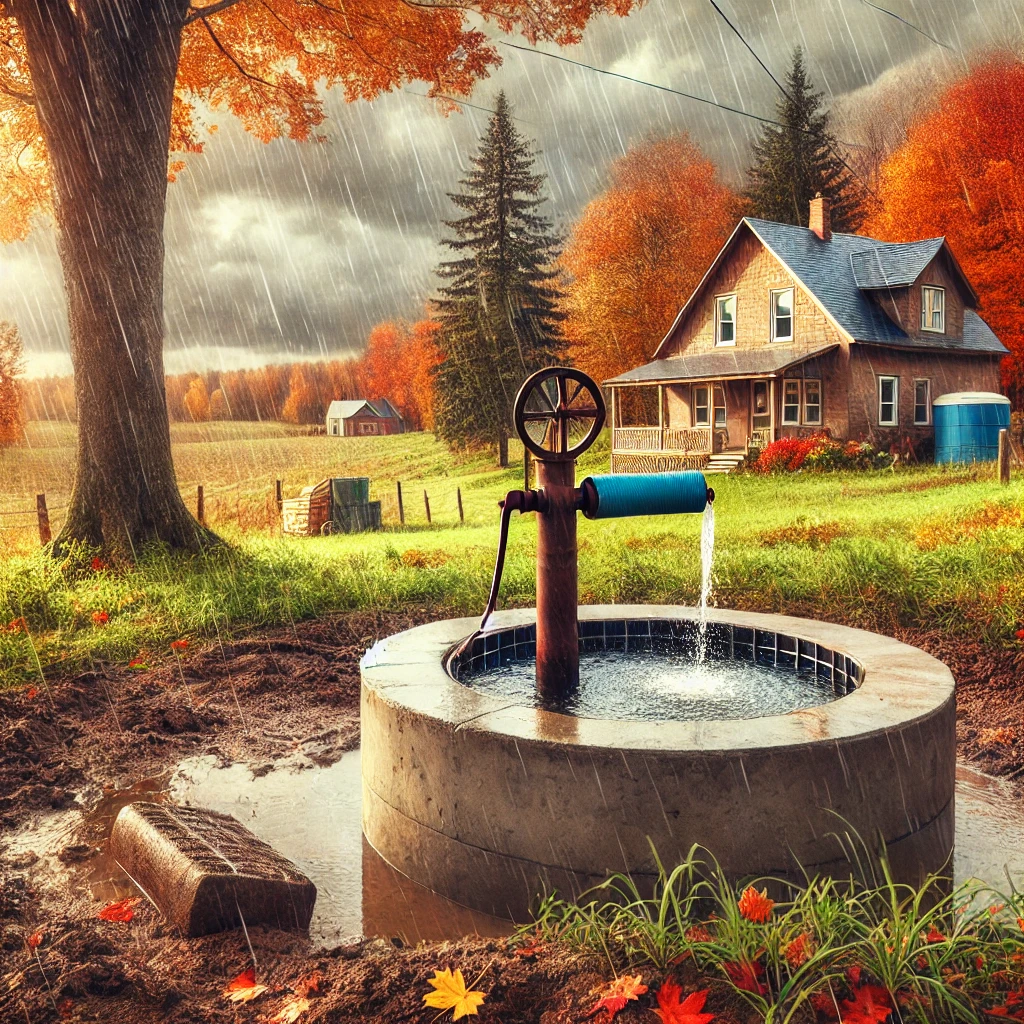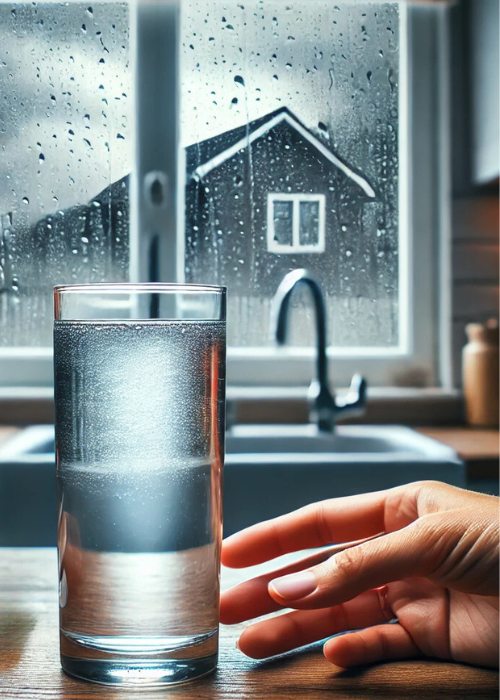How Changes in the Seasons Affect Your Water
As we move into fall, the weather starts to cool down, and the rainy days arrive. These changes don’t just affect what you wear—they also impact your water! If your home uses a water well, it’s important to know how the season can change the quality of your water and what you can do to keep it clean and safe.
How Fall Weather Affects Well Water
More Rain, More Problems
Fall often brings heavy rains. When this happens, water from the surface can run into your well, bringing dirt, bacteria, or even chemicals from farms or lawns. This can make your water unsafe to drink.
Groundwater Levels Rise
After the hot, dry summer, groundwater levels (the water deep below the ground) may be low. But as fall rains come, these levels rise quickly. While it might seem good to have more water, this sudden change can cause dirt or other contaminants to mix into your well water.
Bacteria Love Cool, Wet Weather
Bacteria, like coliform bacteria, thrive when it’s wet and cool—just like in fall. If there’s even a small crack in your well’s casing (the pipe that protects your well), bacteria can sneak in and contaminate your water. That can be a big problem, especially if it goes unnoticed!
Leaves and Debris
Fall also means leaves and other debris can be blown around or washed into your well, especially if the cap isn’t sealed tightly. This can cause your water to look cloudy or dirty and clog up your pipes.
How to Keep Your Water Safe in Fall
Test Your Water
It’s a good idea to have your water tested in the fall. This can help detect bacteria, dirt, or any other contaminants that might make your water unsafe to drink. Your test results can help you decide if you need a water filter or another treatment.
Check Your Well
Inspect your well cap and the casing around your well. Make sure there are no cracks or openings where debris or bacteria could get in. Water should not pool around your well. Often the well is located under a 2- or 3-foot diameter concrete lid. Once the concrete tile fills with rainwater, it has nowhere to go but down your well, bringing bacteria and sediment with it. Not a good situation. Ask our service department to check and see if your well casing needs to be extended above grade. It’s a small step that can prevent big problems.
Use a Water Filter
If you’re worried about things like dirt, bacteria, or chemicals in your water, you can install a water filter. Different filters can clean your water in different ways—some remove dirt, others get rid of bacteria or chemicals. UV lights, for example, can kill bacteria in the water before it reaches your tap, but you must do a water analysis first.
Watch Your Water
Keep an eye on your water. If it suddenly tastes, smells, or looks different—especially after a storm or heavy rain—it’s time to get it tested again. A change in your water could mean contaminants have entered your well.
We recommend completing a Water Quality test for minerals and bacteria on wells 30 feet deep or less and every five years on deeper drilled wells. We treat shallow dug wells like any other open source of water, such as a lake, stream, or spring. These types of wells must have some form of disinfection on them. They are easily contaminated, and it’s just a question of when that will happen.
When to Ask for Help
Fall is a great time to get your well inspected and your water tested by a professional. If you’ve had your well for a long time or notice your water changing often, it’s smart to call in an expert. They can fix any issues and recommend solutions to keep your water clean all winter long.
Conclusion
As the weather changes, so can your water quality. But by checking your well, testing your water, and using the right filters, you can stay ahead of any problems and make sure your water stays safe to drink.



